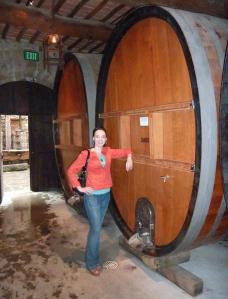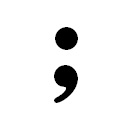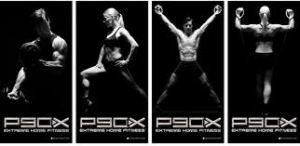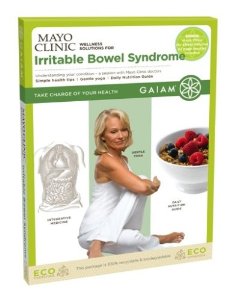I found out the hard way that healthy healing hurts. And it’s supposed to. After my first acupuncture session I experienced what I later learned was a very common thing, a “healing crisis.” The blog Healthy Life has a great article on it titled “Healing Crisis: When It’s Good to Feel Bad” which describes this “crisis” as “a temporary worsening of symptoms that occurs when the body is going through the process of healing itself through the elimination of toxins. It occurs when the body ‘retraces’ old injuries, wounds, infections or other imbalances from its past.” Journalist and blogger Jennifer Chaussee also posted about her experience with a healing crisis in “Why Acupuncture Made Me Sick.”
For all the research I did on acupuncture, how it can cure Colitis (among many other illnesses and injuries) and what to expect during a session, I somehow never came across this until I started Googling “feeling sad after acupuncture” and other phrases. Then I found a plethora of information on this phenomenon. For one, symptoms range from a worsening of actual physical symptoms (blood and cramps for me) to emotional symptoms such as sadness, irritability, or feeling “down.” After reading more than a dozen articles, I also learned that a healing crisis isn’t just the result of acupuncture. Even things as seemingly benign as a new diet can bring one on, and they’re equally common with meditation, chiropractic treatments, biofeedback, intense massage and–as one might expect–psychotherapy. Why?
In Chaussee’s words: “apparently, your body holds grudges better than your relatives. as it stores layers of fat over the years, that fat stores trace amounts of the various viruses and toxins and whathaveyou that have visited your body at one time or another. so all the colds you’ve had, the flu’s, the hangovers, the emotional crap you put yourself through in the past is literally stored inside of you in remnants and when you detox the idea is to release all that built-up crud. . .but during the release, those toxins are released into your blood stream from the fat they’ve been hiding in. if you don’t have enough water in your system or you just have a lot of crud built up in your body over time, you can essentially re-live all those toxins all over again. that flu will come back. you’ll be hungover. you’ll be thinking of that fight you had, those things you said, revisiting that memory you’d thought you’d seen off long ago.” [sic] Ah-ha!
When I returned for my second round of acupuncture, I was prepared. Instead of being blind-sided by overwhelming emotion (or fatigue) I was alert for it, welcomed it, and found that it was definitely not as intense this time as it was the first time. Instead of lingering for 2 days it was gone by this morning (and I went at 6:30pm last night). I read elsewhere that if the condition you’re primarily trying to address is more acute, such as my 6-month bout with this first flare, your healing crisis will be intense but brief, and likely won’t affect you as severely after 2-3 treatments. That is the case here. So, acupuncturees take heart – the needles aren’t painful and the fallout from your first treatment or two is normal and actually desired. If you’re not experiencing any kind of “healing crisis” then likely you either need more frequent treatments, or what you’re trying–whatever it is–isn’t working. No pain, no gain.













You must be logged in to post a comment.